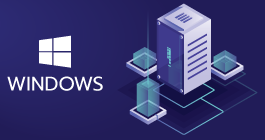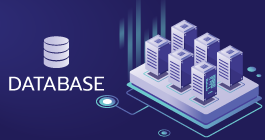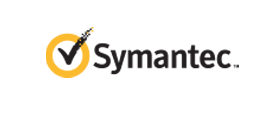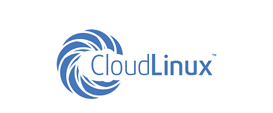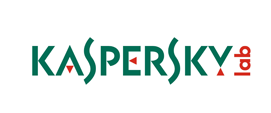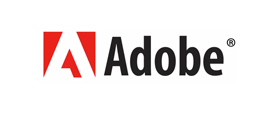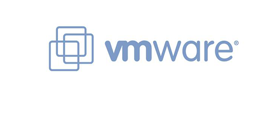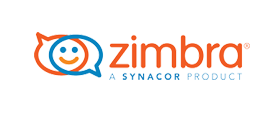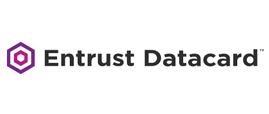-
Welcome to My Website
This is a text box. Write your own content here. This is an excellent place for you to add a paragraph.
Netway Support Center
เราพร้อมบริการคุณ ตลอด 24 ชั่วโมง
Payment & Invoices
Products Knowledge










Zendesk




Other Cloud Products
Technical Knowledge
Website/Install Application & FTP
Linux Technical Knowledge
Windows Technical Knowledge
Database
Blog list (8)
How to create an addon domain in cPanel
How to create an addon domain in cPanel This demo assumes you've already logged in to cPanel, and are starting on the home screen. Now let's learn how to create an addon domain. Click the Addon Domains icon. This is the addon domains page, where you can setup additional domain names that point to subdomains of your account. Enter the new domain name... Then enter a username. Enter and confirm a password, then click Add Domain. That's it! The addon domain has been created. This is the end of the tutorial. You now know how to create addon domains in cPanel.
How to use the IP Blocker in cPanel
a How to use the IP Blocker in cPanel This demo assumes you've already logged in to cPanel, and are starting on the home screen. Now let's learn how to use the IP Blocker. Click the IP Blocker icon. Enter an IP address or range you would like to block, then click Add. That's it! We've now blocked anyone using the IP address from accessing our website. You can see which IP addresses are currently being blocked. ... and you can remove IP blocks by clicking here. This is the end of the tutorial. You now know how to block IP addresses from accessing your website.
How to use the Index Manager in cPanel
How to use the Index Manager in cPanelThis demo assumes you've already logged in to cPanel, and are starting on the home screen.Now let's learn how to use the Index Manager.Click the Indexes icon.The Index Manager enables you to control how directories on your website are displayed.If there is no index.html file in a given directory, the contents of that directory will be listed in a browser. This can cause security issues.With Index Manager, you can set your account up to not allow your directory contents to be shown.Let's setup Index Manager for the clients directory.There are four settings to choose from.Since we do not want the contents of this directory shown, we'll choose the No Indexing option.That's it! The index settings have been updated, and visitors can no longer view the contents of the clients directory.It's just as easy to switch back to the default setting.The Default System Setting allows the directory contents to be shown. No Indexing does not allow directory contents to be shown. Standard Indexing prevents browsers from viewing contents of directories that do not contain image files.... and Fancy Indexing prevents browsers from viewing contents of directories that do contain image files.This is the end of the tutorial. You now know how to setup index directory protection for any of your directories.
How to use the Disk Space Usage tool in cPanel
How to use the Disk Space Usage tool in cPanel This demo assumes you've already logged in to cPanel, and are starting on the home screen. Now let's learn how to use the Disk Space Usage tool. Click the Disk Usage icon. From here you can see how much storage space is being used by each directory and sub-directory in your account. At the bottom of the page is a collapsable list of directories. Clicking on a plus sign will expand the directory revealing the specific files and folders within. Clicking an actual folder name... ... will launch File Manager, showing the contents of that folder. This is the end of the tutorial. You now know how to use the Disk Space Usage tool to see a breakdown of where all your files are stored. You can choose to sort the folders by name, or by disk usage.
How to create additional FTP accounts in cPanel
How to create additional FTP accounts in cPanel This demo assumes you've already logged in to cPanel, and are starting on the home screen. Now let's learn how to setup additional FTP accounts. Click the FTP Accounts icon. To create a new FTP account, enter a new login and password. Then click Create FTP Account. This is the end of the tutorial. You now know how to create additional FTP accounts in cPanel. That's it! The new FTP account has been created. You can then change the FTP account's password, quota, or delete the account.
-
Domain
-
Hosting
-
Cloud & Managed
-
SSL
-
Email
- เรียนรู้เพิ่มเติม
- Microsoft 365 รุ่นต่างๆ
- Microsoft 365 สำหรับธุรกิจ
- Microsoft 365 สำหรับใช้งานที่บ้าน
- ทดลองฟรี
- G Suite
- เทคนิคลดต้นทุนอีเมล Microsoft 365 มากกว่า 28%
- เทคนิคลดต้นทุนอีเมล G Suite มากกว่า 19%
- Zimbra-Based Email
- Traditional Email by cPanel
- Physical to Cloud Migration
- Exchange Server to Microsoft 365 Migration
- G Suite to Microsoft 365 Migration
- Microsoft 365 to G Suite Migration
- Cloud to Cloud Migration
-
Microsoft
-
Google
-
Marketing
-
Others
-
Blog
-
Microsoft Teams
-
test
-
microsoft-365-business-premium
-
test-slide
-
Order
-
Promo
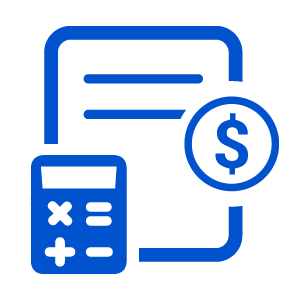




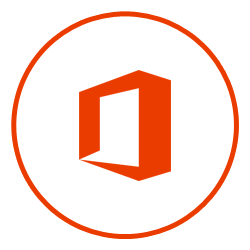


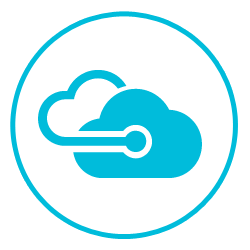



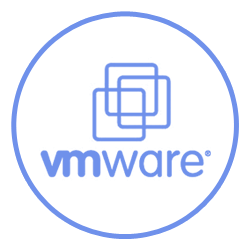









.png)



.png)


